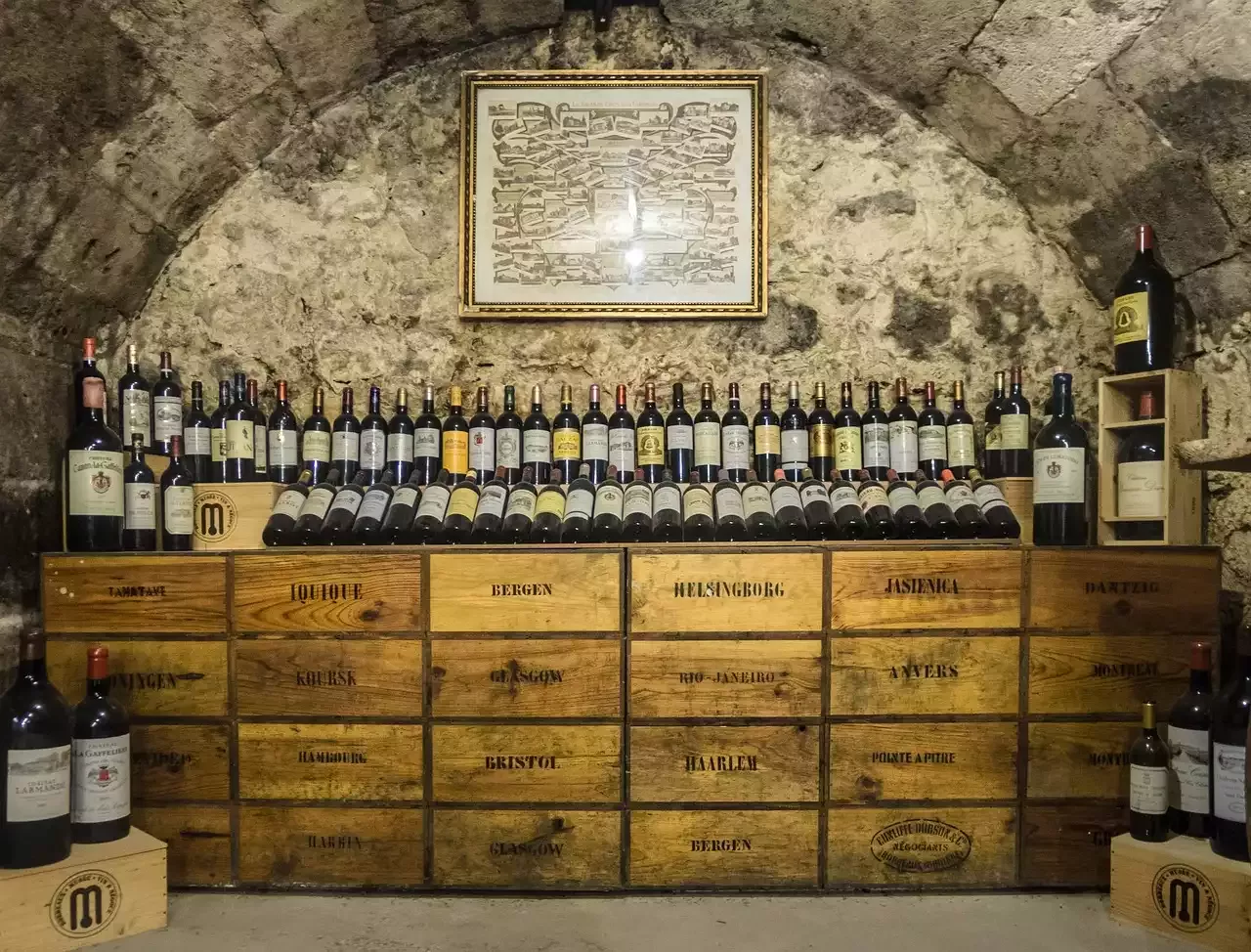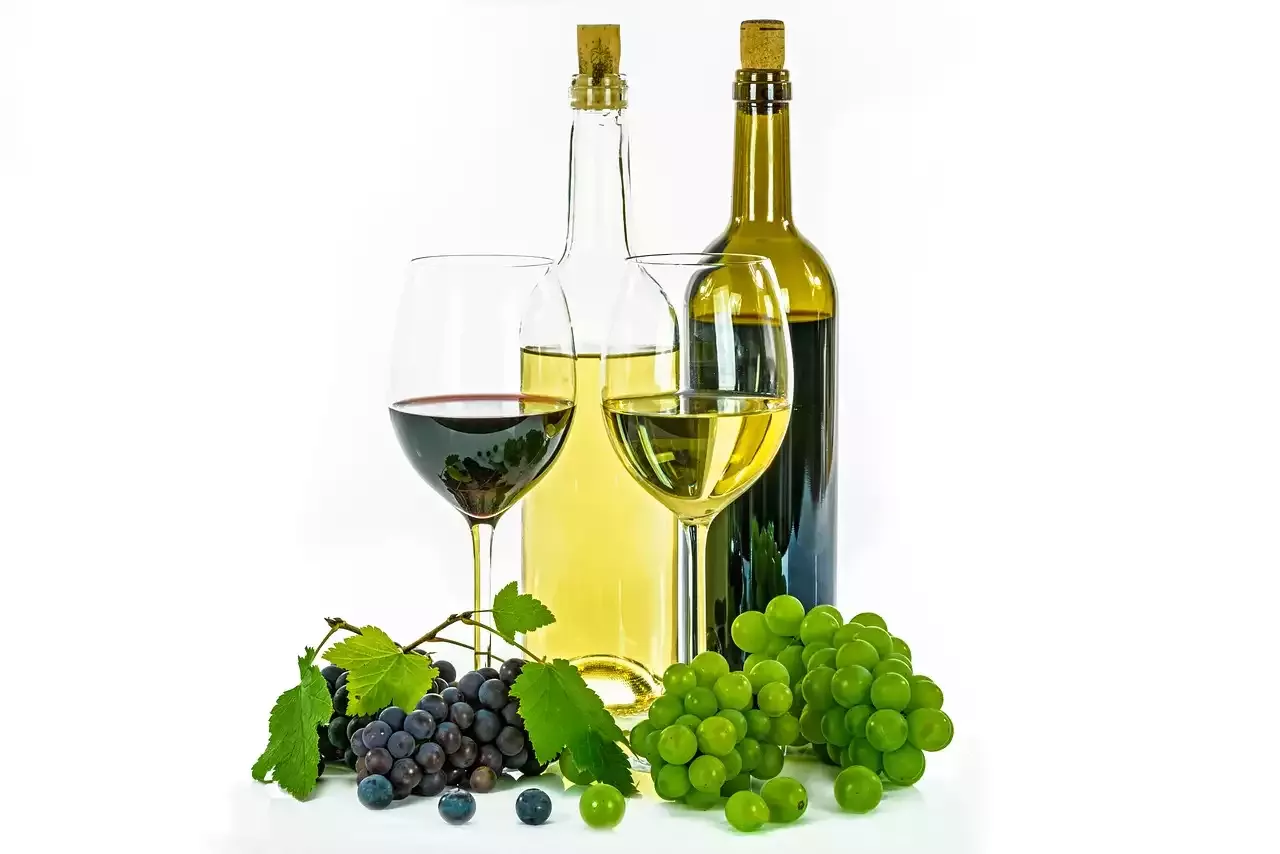The birth of champagne
Champagne, as we know it today, was born in the lush vineyards of the Champagne region in northeastern France. The story begins in the late 17th century when a Benedictine monk named Dom Pérignon made significant contributions to the production of champagne. Contrary to popular belief, Pérignon did not invent champagne, but his experiments and innovations revolutionized its production. He introduced new winemaking techniques, such as blending different grape varieties and using stronger bottles to withstand the pressure of the bubbles. These advancements laid the foundation for the champagne we enjoy today.
Pérignon's work caught the attention of the French aristocracy, and soon champagne became a favorite among the elite. The sparkling wine's popularity spread beyond the borders of France, captivating the palates of European royalty and nobility. The unique taste and effervescence of champagne made it a symbol of luxury and celebration, often reserved for special occasions and grand festivities. Its association with opulence and glamour only grew stronger with time, solidifying champagne's reputation as the drink for those who appreciate the finer things in life.
But what exactly sets champagne apart from other sparkling wines? The answer lies in the region itself. The Champagne region, with its unique climate and soil composition, provides the perfect conditions for growing the grapes used to produce champagne. The chalky soil, combined with a cool climate, imparts distinct flavors and aromas to the grapes, resulting in the characteristic taste profile of champagne. Only sparkling wines produced in this region can legally bear the name "champagne," making it a protected designation of origin.
The pioneers of champagne production
While Dom Pérignon played a significant role in improving the quality of champagne, he was not the only visionary to contribute to its success. The widow (veuve in French) Clicquot, Madame Barbe-Nicole Clicquot Ponsardin, is another name that stands out in the history of champagne. After the death of her husband, Madame Clicquot took over the family champagne business and became one of the most influential figures in the industry. She introduced a revolutionary technique known as riddling, which involves gradually turning the bottles to remove sediment, resulting in a clearer and more refined champagne. Madame Clicquot's innovations and business acumen propelled her champagne brand to international acclaim and cemented her place in history as the "Grande Dame of Champagne."
Another key figure in the history of champagne is Louis Roederer. In the early 19th century, Roederer inherited his uncle's champagne house and set out to elevate its status. He focused on producing high-quality champagne for a discerning clientele, including Russian Tsar Alexander II. Roederer's dedication to excellence led him to create the iconic Cristal champagne, originally crafted exclusively for the Russian imperial court. The crystal-clear bottle, adorned with a gold label, became a symbol of luxury and prestige, further enhancing champagne's reputation as the drink of choice for the elite.
The art and science of champagne production
Producing champagne is a meticulous process that requires a delicate balance between art and science. The journey begins with the careful selection of grapes, primarily Chardonnay, Pinot Noir, and Pinot Meunier. These grapes are hand-harvested and gently pressed to extract the juice, which is then fermented in stainless steel tanks or oak barrels. After the initial fermentation, a blend of still wines from different grape varieties and vintages is created, known as the cuvée. This blend adds complexity and depth to the final champagne.
The next step is where the magic happens - the secondary fermentation. The cuvée is bottled, and a mixture of sugar and yeast, known as liqueur de tirage, is added to initiate the fermentation process. The bottles are sealed with a crown cap and stored in cool, dark cellars for a minimum of 15 months, although some champagnes are aged for several years. During this time, the secondary fermentation produces carbon dioxide, creating the bubbles that make champagne so unique. The bottles are gradually rotated and tilted, a process known as riddling, to collect the sediment in the neck of the bottle.
Once the sediment has settled, the neck of the bottle is frozen, and the crown cap is removed. The pressure in the bottle forces the frozen sediment out, and a dosage, a mixture of wine and sugar, is added to balance the acidity and sweetness of the champagne. The bottle is then corked, secured with a wire cage, and ready to be enjoyed.
Champagne through the ages
Over the centuries, champagne has evolved from a curious experiment to a beloved beverage cherished by people around the world. The drink's association with celebration and luxury has made it an integral part of countless joyous occasions, from weddings and anniversaries to New Year's Eve parties. Champagne has become a symbol of toasting to success, love, and life itself.
In recent years, champagne has also found its place in the world of mixology. Bartenders and cocktail enthusiasts have discovered the versatility of champagne as a base for creative and refreshing cocktails. From classic champagne cocktails, such as the French 75 and the Kir Royale, to innovative concoctions that push the boundaries of flavor, champagne has proven its ability to adapt and delight in new ways.
As we raise our glasses to toast the past, present, and future, let us remember the rich history that gave birth to the sparkling elixir we know as champagne. From the visionary monks and enterprising widows to the skilled winemakers who continue to uphold the traditions of the Champagne region, each sip of champagne carries with it a legacy of craftsmanship and celebration. So, the next time you hear the distinctive "pop" of a champagne bottle, take a moment to appreciate the centuries of history that have gone into creating that effervescent delight. Cheers to champagne, the drink that embodies elegance, joy, and the art of celebration.

